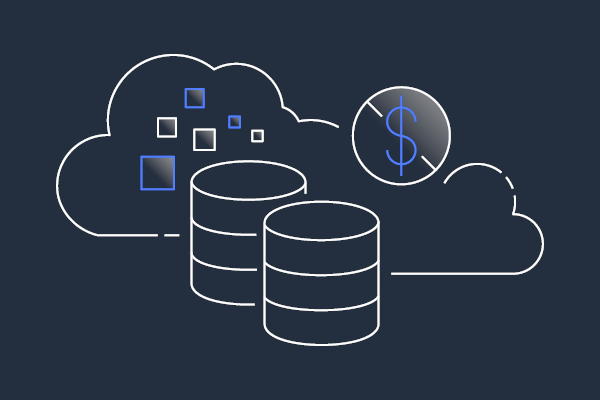Day 11: AWS Database
 Neel Patel
Neel Patel
Understanding Databases
Types of Databases
Relational Databases
Characteristics:
Structured data organized in tables with rows and columns.
Supports SQL (Structured Query Language) for querying and manipulation.
Can be row-oriented or columnar-oriented.
Use Cases: Ideal for structured data with complex queries and relationships, transactional systems, and business applications.
Non-Relational Databases (NoSQL)
Characteristics:
Semi-structured or unstructured data that may not follow a tabular format.
Provides flexibility in data modeling and scalability.
Types:
Key-Value Stores: Stores data as key-value pairs. Fast but lacks features like relationships, indexes, and aggregation. Examples: Redis, DynamoDB.
Document Stores: Stores data as documents (e.g., JSON or XML). Supports hierarchical data and is more flexible than key-value stores. Examples: MongoDB, DocumentDB.
Columnar Stores: Optimized for reading and writing large volumes of columnar data, ideal for analytic workloads. Examples: Apache Cassandra, Amazon Keyspaces.
Graph Databases: Stores data as interconnected nodes and edges, useful for relationship-focused queries. Example: Amazon Neptune.
Time Series Databases: Specialized for handling time-stamped data, such as IoT device data. Example: Amazon Timestream.
AWS Database Services
Relational Database Services (RDS)
Amazon RDS: Manages relational databases with support for multiple SQL engines:
MySQL: Popular open-source SQL database.
MariaDB: Fork of MySQL with a different open-source license.
PostgreSQL: Advanced open-source SQL database with rich features.
Oracle: Proprietary SQL database with enterprise features.
Microsoft SQL Server: Proprietary SQL database by Microsoft.
Amazon Aurora: Fully managed, high-performance relational database:
Aurora MySQL: Up to 5 times faster than standard MySQL.
Aurora PostgreSQL: Up to 3 times faster than standard PostgreSQL.
Aurora Serverless: On-demand, auto-scaling version of Aurora, suitable for variable workloads.
RDS on VMware: Allows deployment of RDS-supported engines in an on-premise VMware environment.
Data Warehousing
Amazon Redshift: A petabyte-scale data warehouse designed for Online Analytical Processing (OLAP):
Use Case: Ideal for complex queries and analytics on large datasets.
Optimization: Columnar storage and high-performance querying.
Caching and In-Memory Databases
Amazon ElastiCache: Managed in-memory caching service:
Redis: Open-source, in-memory data structure store.
Memcached: High-performance, distributed memory object caching system.
Use Case: Improves application performance by caching frequently accessed data.
Specialized Databases
Amazon Neptune: Managed graph database service:
- Use Case: Ideal for understanding relationships between data points, such as social networks or fraud detection.
Amazon Timestream: Fully managed time-series database:
- Use Case: Suitable for handling time-stamped data from IoT devices and monitoring applications.
Amazon Quantum Ledger Database (QLDB): Managed ledger database with transparent, immutable transaction logs:
- Use Case: Records and verifies financial transactions or other critical data with cryptographic guarantees.
Database Migration
AWS Database Migration Service (DMS): Facilitates database migration across various environments:
On-premises to AWS: Migrates from on-premises databases to AWS.
AWS to AWS: Transfers data between databases in different or same AWS accounts.
SQL to NoSQL: Supports migration between SQL and NoSQL databases.
Summary
AWS provides a broad range of database services tailored to different needs:
Relational Databases: For structured, tabular data with SQL support.
Non-Relational Databases: For flexible data models including key-value, document, columnar, graph, and time series.
Specialized Databases: For unique use cases like caching, time-series data, graph data, and ledger databases.
Data Warehousing: For large-scale analytics and fast querying.
Migration Services: To support smooth transitions between different database systems.
Understanding these services helps you choose the right database solution for your application’s needs, balancing performance, scalability, and cost.
Subscribe to my newsletter
Read articles from Neel Patel directly inside your inbox. Subscribe to the newsletter, and don't miss out.
Written by
